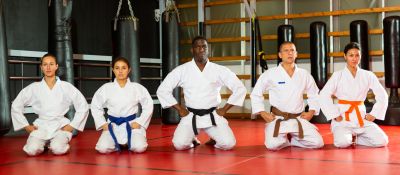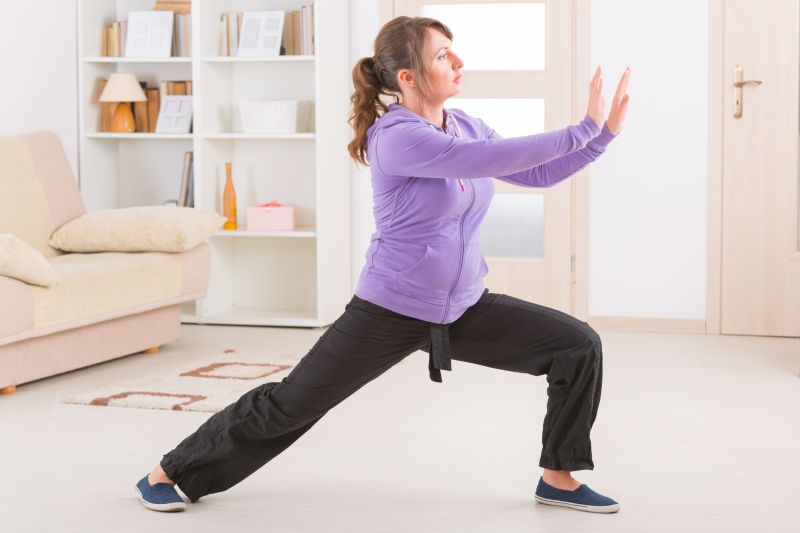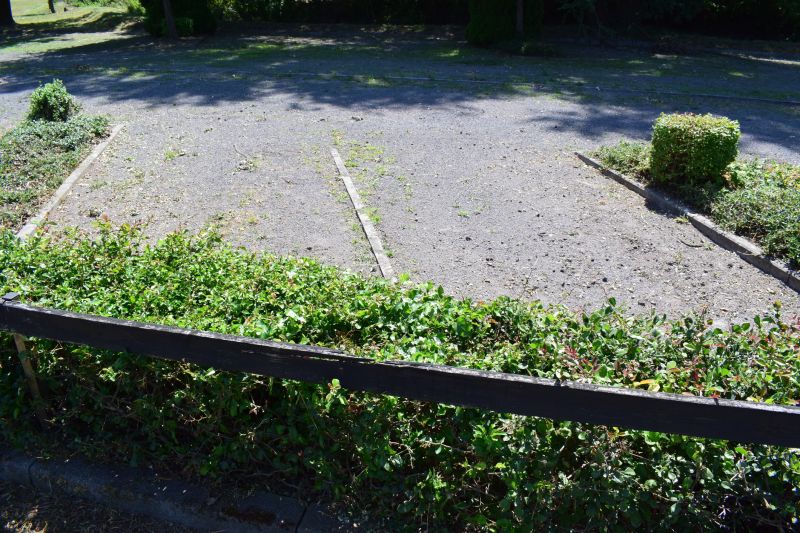Optimal Timing for Martial Arts Gradings
Gradings are a key milestone in martial arts, marking progression and skill development. Timing of gradings can influence training effectiveness and motivation. Understanding optimal periods for assessments ensures practitioners achieve the best results and maintain consistent progress.
Many dojos schedule gradings during seasons with fewer holidays and busy periods, such as spring or fall, to maximize attendance and preparation.
Gradings are best scheduled after a period of consistent training, typically every few months, to ensure skill mastery and confidence.
Aligning gradings with local tournaments or demonstrations can enhance motivation and showcase skills in a relevant context.
Scheduling during times when instructors are fully available ensures proper assessment and feedback for students.

Students preparing for a grading examination.

Participants demonstrating techniques during a grading.

Students awaiting their turn for evaluation.

Students receiving their new belt after a successful grading.

Instructor providing feedback during practice.

Chart showing student progress over time.

Interior view of a martial arts training facility.

Martial arts gear used during practice.
| Aspect | Details |
|---|---|
| Best Seasons | Spring and fall are ideal for scheduling gradings due to fewer holidays. |
| Preparation Period | Allow at least 3-4 months of consistent training before grading. |
| Event Coordination | Align gradings with local competitions or exhibitions for added relevance. |
| Instructor Availability | Schedule during periods when instructors can dedicate sufficient time. |
| Student Readiness | Assess individual progress to determine optimal timing. |
| Frequency | Typically every 3-6 months depending on the program. |
| Assessment Environment | Ensure a quiet, focused setting for evaluations. |
| Motivational Factors | Timing gradings to coincide with milestones boosts morale. |
Gradings serve as a formal recognition of skill development and dedication within martial arts. They provide an opportunity for practitioners to measure their progress against established standards. Proper timing ensures that students are well-prepared, confident, and motivated to advance to the next level.
Statistics indicate that regular, well-timed gradings can improve retention rates and skill retention. Scheduling assessments after consistent training periods helps reinforce learning and encourages ongoing participation. Additionally, aligning gradings with community events enhances visibility and engagement within the martial arts community.

Celebration after successful grading.

Students honing techniques before assessment.

Assessment of student skills during grading.

Student receiving new belt in a formal ceremony.

Ways to make Gradings work in tight or awkward layouts.

Popular materials for Gradings and why they hold up over time.

Simple add-ons that improve Gradings without blowing the budget.

High-end options that actually feel worth it for Gradings.
Interested practitioners or dojos seeking to schedule gradings are encouraged to contact for more information. Proper timing can enhance the experience and outcomes of each assessment, supporting ongoing martial arts development.
